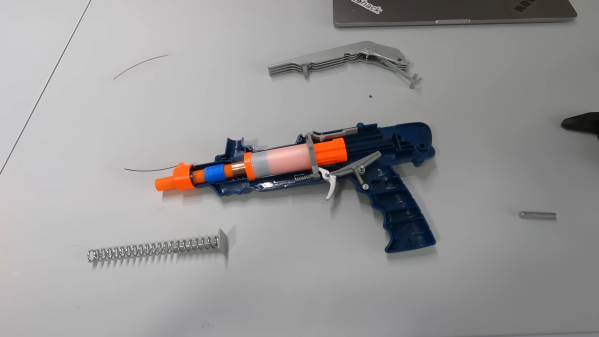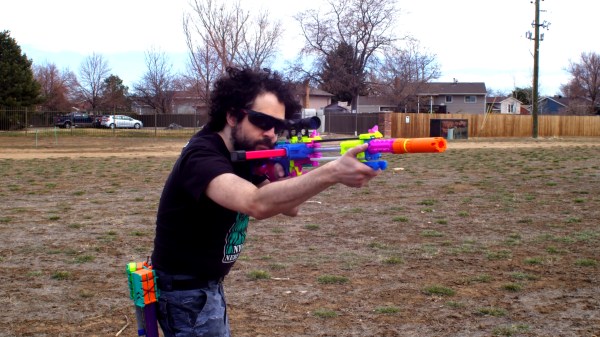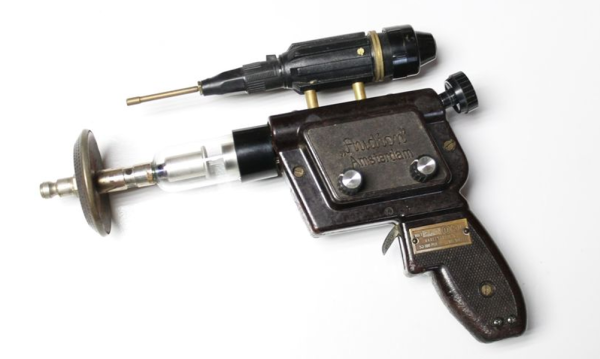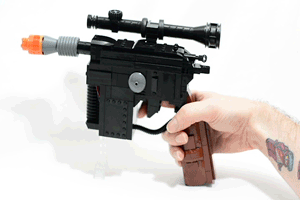The Pistol Splat was a very weak blaster built for children, designed to shoot toy-grade paintball-like ammunition. [Matt Yuan] recognised the potential of the single-shot design, though, and repurposed it as a powerful Nerf blaster.
The blaster is a simple spring-plunger design. Upon pulling the trigger, the spring drives the piston forward, shooting the ammunition out the barrel. As stock, the Pistol Splat featured an incredibly strong spring and an unrestricted barrel, giving it plenty of performance capability. With some finagling, it’s capable of shooting a Nerf dart at 100 feet per second in stock form.
[Matt] improved the blaster by removing its dry-fire protection spring, which consists of a second spring to resist the plunger’s motion. Modification also involved fitting a barrel sized to properly seal on the darts. These two mods boosted the dart velocity to 110 feet per second. Adding a spacer to ensure the spring fully drove the piston forward for its full travel further boosted the dart velocity to a mighty 145 feet per second.
It bears noting that serious Nerf blasters like these demand eye protection. Video after the break.
Continue reading “Modding A Nerf Blaster The Old Fashioned Way”


















